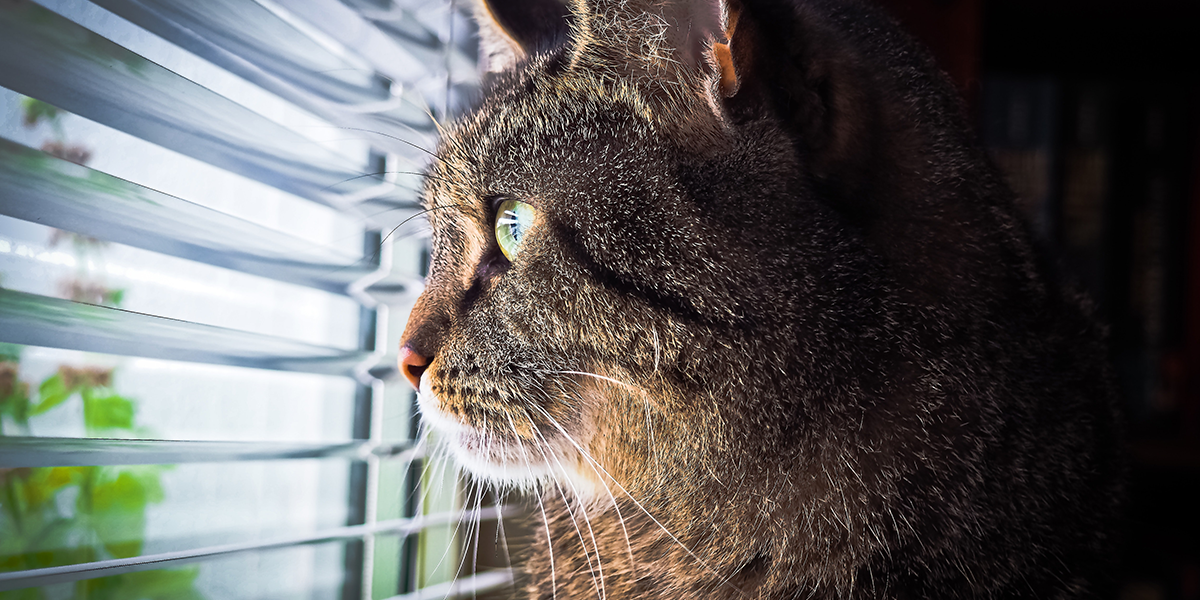
Cats: Natural Hunters and Skilled Predators
Cats possess innate hunting instincts, making them proficient killers in the animal kingdom. Mother Nature has endowed them with a swift and efficient mechanism for subduing their prey. Whether it’s a domestic shorthair or a majestic lion, all cats are equipped with a specialized bite that is finely tuned for the art of killing. Remarkably, cats have developed the ability to precisely target a specific area on their prey’s neck, delivering a fatal bite that severs the spinal cord.
The predatory prowess of cats is deeply rooted in their evolutionary history. Over countless generations, these feline hunters have honed their skills to become unparalleled predators. The structure of their jaw and teeth is uniquely adapted for efficient hunting and killing. Cats possess sharp, pointed teeth known as carnassial teeth, which include the long canine teeth and the premolars. These teeth are designed to deliver precise, lethal bites that swiftly incapacitate their prey.
When it comes to hunting, cats rely on a combination of agility, stealth, and keen senses. They patiently stalk their target, utilizing their exceptional vision, hearing, and sense of smell to detect even the slightest movement or sound. Once in close proximity to their prey, cats unleash their lightning-fast reflexes, pouncing with remarkable accuracy and swiftness. By zeroing in on the vulnerable neck region, they deliver a precise bite that effectively immobilizes their prey.
The bite itself is a crucial component of a cat’s hunting strategy. It serves to swiftly incapacitate the prey, ensuring a successful kill. The cat’s sharp teeth penetrate the target’s flesh, allowing the predator to gain control and inflict a fatal injury. By expertly cutting through the spinal cord, the cat efficiently terminates the prey’s ability to escape or defend itself.
This hunting behavior is not exclusive to wild or outdoor cats; it is an intrinsic part of their natural instincts. Even our beloved domesticated feline companions retain these innate hunting skills, though they may display them in less dramatic ways. Engaging in play with toys or exhibiting stalking behaviors towards small objects or insects are manifestations of their predatory nature.
Understanding the fundamental nature of cats as hunters helps us appreciate their unique abilities and instincts. While they may no longer rely on hunting for survival in a domestic setting, their innate predatory skills remain a fundamental aspect of their identity. Embracing and appreciating these instincts can help us provide enriching environments and engage in interactive play that satisfies their natural hunting instincts while ensuring their well-being.
When observing a cat fixated on potential prey outside a window, one may witness an intriguing phenomenon: teeth chattering. While the cat remains motionless on the surface, internally, a surge of anticipation and primal instincts takes hold. This peculiar behavior, characterized by the rhythmic clicking or chattering of teeth, serves a multifaceted purpose, reflecting the cat’s innate hunting prowess and serving as a practice for the mighty bite they would employ if given the chance to pursue their prey outdoors.
Teeth chattering is a manifestation of the cat’s intense excitement and heightened focus during hunting-related activities. As the cat’s predatory instincts are ignited by the sight of potential prey, their entire body becomes primed for the hunt. While their external composure may be deceivingly serene, their internal state is far from calm. The teeth chattering serves as a physical manifestation of their elevated arousal, an outlet for the anticipation and energy coursing through their veins.
One theory suggests that teeth chattering allows cats to rehearse their formidable bite, fine-tuning their technique and preparing for the swift and precise execution required to immobilize their prey. By engaging in this behavior, cats simulate the act of biting down on their quarry, mentally and physically preparing themselves for the potential encounter. It is a way for them to practice and reinforce their hunting skills, ensuring they are adept at delivering the precise and lethal bite that is integral to their hunting success.
Moreover, teeth chattering may serve as a safety mechanism for cats who are confined indoors. In their natural habitat, cats have the advantage of swiftly subduing their prey with their specialized killing bite. However, within the confines of a home, they are deprived of the opportunity to engage in full-fledged hunting. Teeth chattering can be seen as a release of pent-up hunting energy, allowing cats to express their instincts in a controlled manner. It offers an outlet for their primal desires, compensating for the limitations imposed by their indoor environment.
While the exact reasons behind teeth chattering in cats may not be fully understood, it remains a captivating display of their intrinsic hunting nature. The synchronized clicking of their teeth serves as a testament to their ancestral lineage as skilled predators. By acknowledging and appreciating this behavior, we gain a deeper insight into the complex world of feline instincts and can strive to provide our feline companions with outlets for their natural inclinations through interactive play, environmental enrichment, and mental stimulation.
